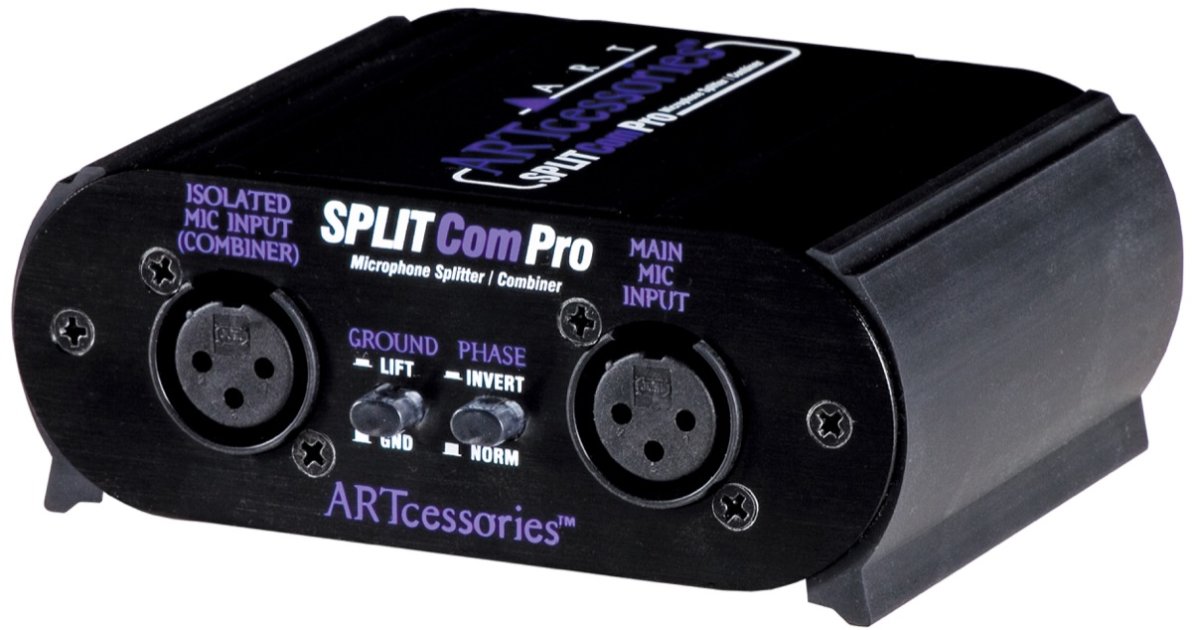G
gene12586
Member
Hi,
I want to sing through a microphone and have the signal go to two places:
1) To my mixer (which feeds into speakers)
2) Into my audio interface (which feeds into my computer and ultimately my DAW where I record what I'm singing)
So I want to record through the interface and listen live through the mixer. I of course know I can monitor through the interface via headphones or speakers plugged into the interface, but I don't want to do that for reasons which I won't go into to save time.
Two questions:
1) Is this possible without loss of signal/quality?
2) What kind of cable do I need to accomplish this?
Thanks!
I want to sing through a microphone and have the signal go to two places:
1) To my mixer (which feeds into speakers)
2) Into my audio interface (which feeds into my computer and ultimately my DAW where I record what I'm singing)
So I want to record through the interface and listen live through the mixer. I of course know I can monitor through the interface via headphones or speakers plugged into the interface, but I don't want to do that for reasons which I won't go into to save time.
Two questions:
1) Is this possible without loss of signal/quality?
2) What kind of cable do I need to accomplish this?
Thanks!


